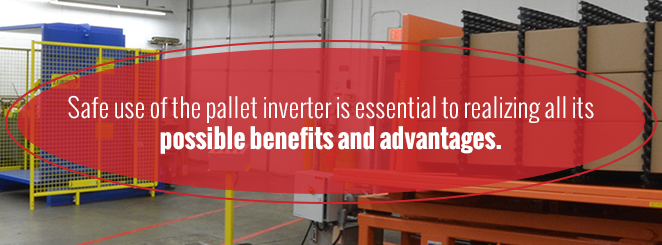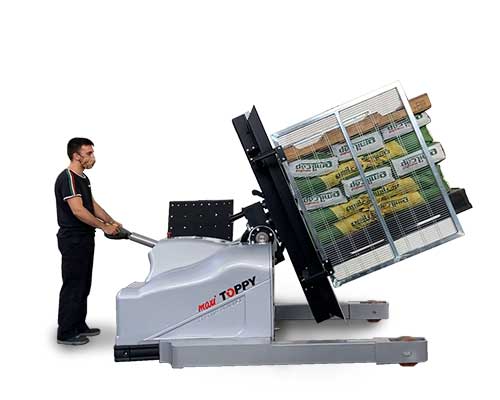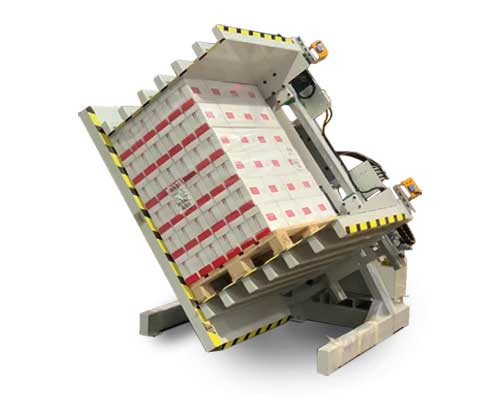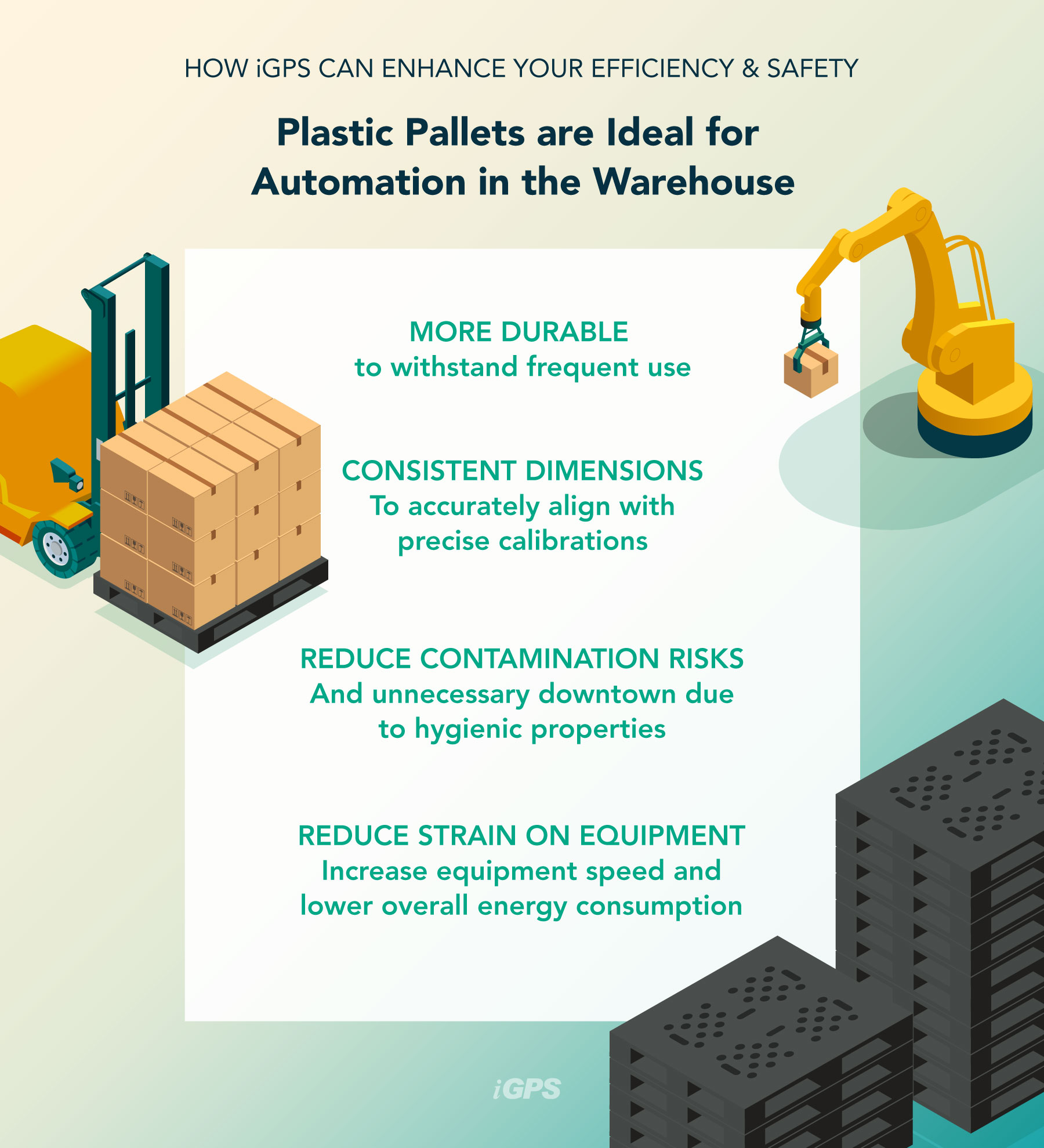# Pallet Inverters: The Unsung Heroes Boosting Efficiency and Safety in Modern Warehouses
What Makes Pallet Inverters Indispensable?
Every day, billions of product movements occur in warehouses and manufacturing facilities worldwide. Behind these operations lies a critical piece of equipment often overlooked: the pallet inverter. Designed to rotate, tilt, and reposition loads with surgical precision, these machines eliminate the need for manual labor in high-risk tasks while dramatically improving workflow efficiency.
With industries from automotive manufacturing to food processing relying on pallet inverters, their role in modern supply chains has become non-negotiable. A single machine can handle loads up to 4,400 pounds, complete full rotations in 17 seconds, and adapt to irregularly shaped containers like drums or barrels—capabilities that human workers simply can’t match.

Breaking Down the Pallet Inverter’s Capabilities
Engineering Meets Ergonomics
Pallet inverters aren’t just brute-force machines. Their design prioritizes ergonomic safety, allowing workers to manipulate loads from ground level without risky bending or lifting. Key technical specifications include:
- Lift capacity: 3,300–4,400 pounds
- Clamp width: Adjustable from 23 inches to 110 inches
- Rotation speed: 180-degree turns in under 20 seconds
- Programmable pressure controls: Prevents container damage during clamping
Advanced models feature hydraulic pressure systems, gravity-assisted movements, and customizable side-guard protections to handle everything from fragile pharmaceutical shipments to rugged construction materials.Industries Revolutionized by Pallet Inverters
From frozen food logistics to automotive parts distribution, pallet inverters solve universal challenges:
- Food & Beverage: Swap contaminated wooden pallets for hygienic plastic alternatives without disrupting product stacks.
- Publishing: Reorient delicate book shipments damaged during transit.
- Retail: Rapidly transfer seasonal inventory between storage pallets.
- Manufacturing: Securely reposition heavy machinery components.
A frozen food manufacturer reported a 90% reduction in spacer-removal time after adopting pallet inverters—a game-changer in an industry where every minute of delay risks product spoilage.

Safety: Where Technology Outperforms Human Limitations
The High Cost of Manual Handling
The U.S. Bureau of Labor Statistics paints a grim picture:
- 71.2 injuries per 100 workers in food manufacturing alone
- Back injuries account for 29% of all workers’ compensation claims
- Materials-handling accidents contribute to 35% of workplace liability cases
Pallet inverters directly address these risks by eliminating tasks that strain workers’ backs, shoulders, and limbs. For example, manually rotating a 3,000-pound pallet of automotive parts isn’t just slow—it’s a lawsuit waiting to happen.5 Non-Negotiable Safety Protocols
- Zone Marking: Use floor tape, barriers, and signage to create clear operational boundaries.
- Multi-Layer Training: Certify not just operators but all personnel near inverter zones.
- Precision Maintenance: Monthly inspections of clamps, hydraulics, and safety guards.
- Load Intelligence: Program pressure settings based on container type (e.g., cardboard vs. steel drums).
- Emergency Protocols: Install pendant controls with emergency stop buttons and backup power cutoffs.
A real-world OSHA report highlights the stakes: One worker suffered broken ribs and a leg after being pinned by an improperly used inverter. Such incidents plummet when facilities implement structured safety programs.

The ROI Equation: Efficiency Gains vs. Implementation Costs
Quantifiable Benefits Driving Adoption
- Labor Cost Reduction: Automated inversion slashes manual handling time by up to 90%.
- Damage Prevention: Programmable clamps reduce product loss from crushed containers.
- Space Optimization: Faster processing allows 20–30% denser warehouse layouts.
- Compliance Savings: Avoid OSHA fines (up to $15,625 per violation) through certified training programs.
For a mid-sized warehouse processing 200 pallets daily, switching to automated inversion could save $162,000 annually in labor and accident-related costs alone.Choosing the Right Pallet Inverter: A Buyer’s Checklist
Match Machine to Mission
- Load Profile: Verify weight limits and clamp compatibility with your typical containers.
- Footprint: Ensure the machine fits existing workflows (e.g., forklift access points).
- Automation Level: Semi-automatic models suit mixed-load facilities; full automation excels in high-volume settings.
- Future-Proofing: Opt for modular designs that allow upgrades like dual-clamp systems.
The FS Inverter series exemplifies adaptability, offering stainless steel builds for food plants and extended jaw openings for oversized loads. Its pendant controls enable forklift drivers to operate the machine without leaving their cabins—a testament to how modern inverters integrate seamlessly into existing workflows.

Training: Bridging the Gap Between Machine and Workforce
OSHA mandates formal certification for powered industrial equipment operators, but leading facilities go further:
- Virtual Reality Simulations: Train operators on hazard scenarios without real-world risks.
- Cross-Training Programs: Ensure multiple employees can operate/maintain each inverter.
- Data-Driven Feedback: Use IoT sensors to identify risky behaviors (e.g., abrupt clamp releases).
Post-training evaluations at a Midwestern automotive plant revealed a 42% drop in near-miss incidents—proof that knowledge transforms safety outcomes.The Future of Pallet Handling: Smart Inverters and AI Integration
Emerging technologies are pushing pallet inverters into Industry 4.0:
- Predictive Maintenance Sensors: Alert teams about hydraulic leaks or motor wear before failures occur.
- Machine Learning Algorithms: Optimize clamp pressure in real-time based on container material.
- Blockchain Tracking: Record every inversion in tamper-proof logs for compliance audits.
These innovations promise to cut unplanned downtime by 60% while providing unprecedented supply chain transparency.
